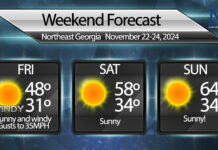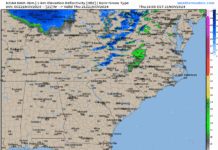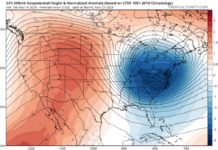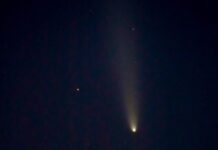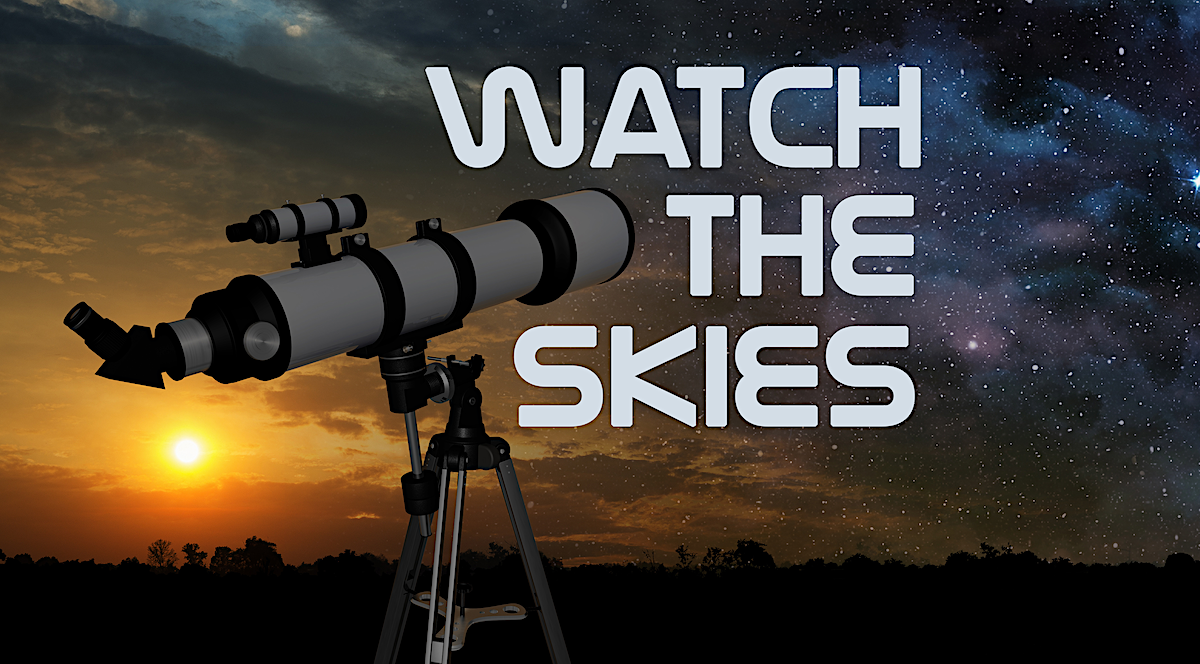
Last week featured a beautiful meteor shower across the region with rates reaching around 30-40 per hour on Wednesday night and the peak coming a bit later than expected on Thursday night. We’ll continue to see Perseids for the coming week or so but they will gradually be waning.
The Planets this Week: Venus is BRIGHT in the evening sky and Mars remains just below it by late twilight but both set shortly after. Jupiter and Saturn are both well above the horizon by 11PM now and high in the southern sky by midnight. Jupiter shines brightly with Saturn to it’s right a bit.
Naked Eye Object of the Week-Cassiopeia: This week’s naked eye object is another famous and easy-to-find constellation. Cassiopeia is currently rising in the southeastern sky by 10PM and is easily found by looking for a “W” shape. It is one of the original constellations listed by Ptolemy in the 2nd century. The constellation consists of 5 main stars that form the W, all of which are aligned almost exactly with a bright section of the Milky Way. In fact, following the constellation can help to find the Milky Way in the night sky in areas with more light pollution where it isn’t as obvious. There are numerous clusters and nebulae located in and around the constellation, and we’ll be covering these over the coming weeks as this portion of the sky rises higher.
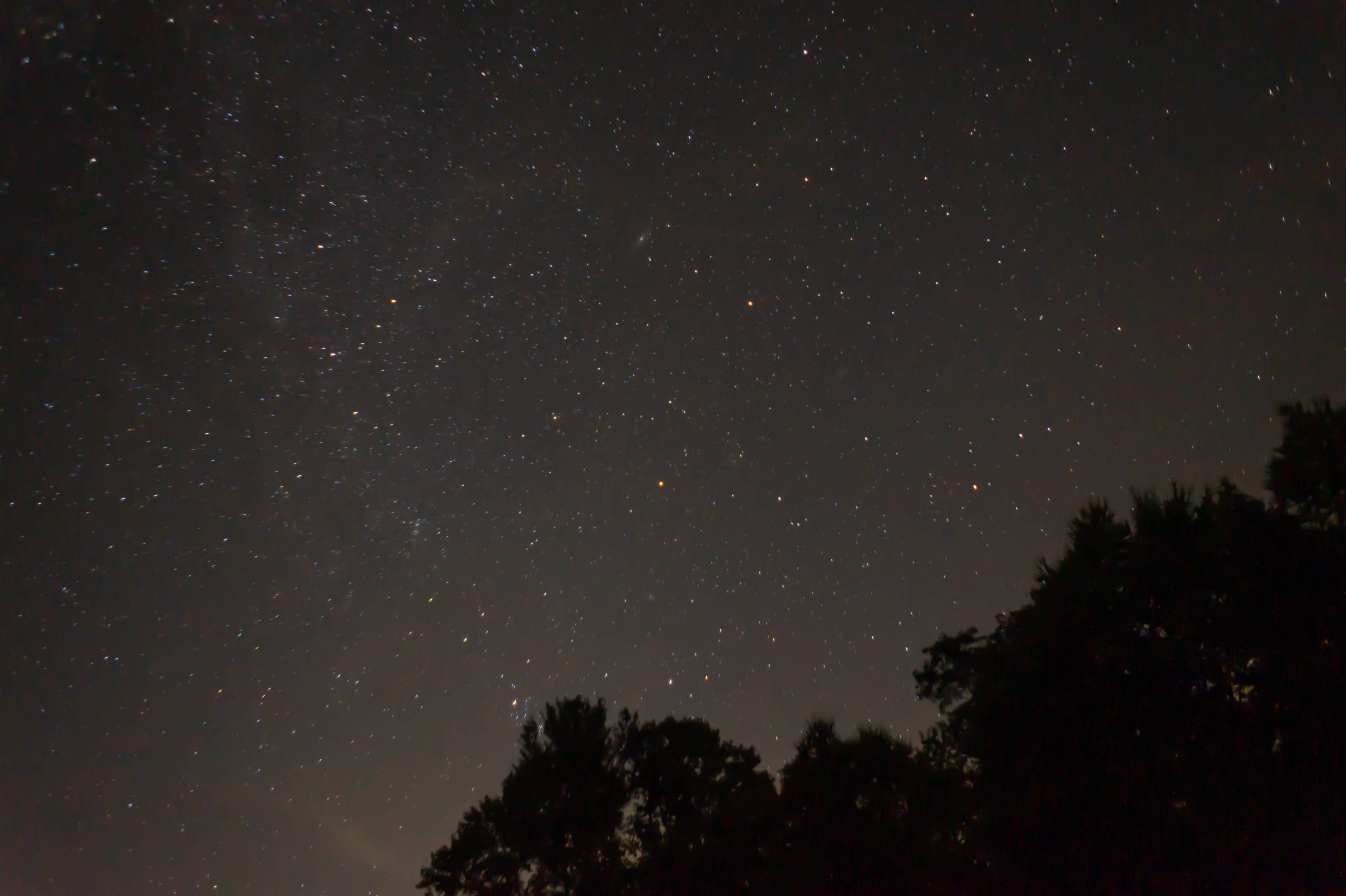
The constellation name comes from the queen of Aethiopia in Greek mythology. After boasting to Poseidon that she and her daughter were more beautiful than the sea nymphs, her punishment was to be placed in the sky. Her husband, Cepheus, and her daughter Andromeda were placed next to her as well.
Telescope Object of the Week-M31: Speaking of Andromeda, this week’s telescope object of the week is none other than M31, the Andromeda Galaxy. This famous galaxy is a barred spiral galaxy located around 2.5 million light years from the Earth. It is the closest major galaxy to the Earth and possibly the largest in our local group. It is also the only galaxy easily visible to the naked eye under dark skies coming in at magnitude 3.4. It was the first galaxy ever photographed and has been observed since at least the 900s AD.

Until the 1925 Andromeda was thought to simply be a nebula inside our galaxy, as were most other observable galaxies. Edwin Hubble was the first to show that the the nebula was actually a galaxy by observing variable stars in the galaxy and using them to determine the distance to Andromeda. Later observations have shown that Andromeda is moving towards us and in around 4-5 billion years it will collide with our own Milky Way. While this may sound spectacular very few effects will be seen on any small scale. Despite how dense it looks in photographs stars in galaxies are VERY far apart and the chances of any collision is near enough to zero to not matter.

Andromeda has an easy-to-see, small satellite galaxy just beneath it which can easily be viewed with a small telescope or even binoculars. An additional bright satellite galaxy is located just to the left of the bright central bulge. Andromeda itself is located near the constellation Cassiopeia in the constellation aptly named Andromeda. In dark skies it can be seen as a fuzz ball with the naked eye. It will be rising higher in the sky as we move deeper into the fall and winter.

We’ll be fighting clouds all week but be sure to get out and enjoy any clear skies we manage to get!


